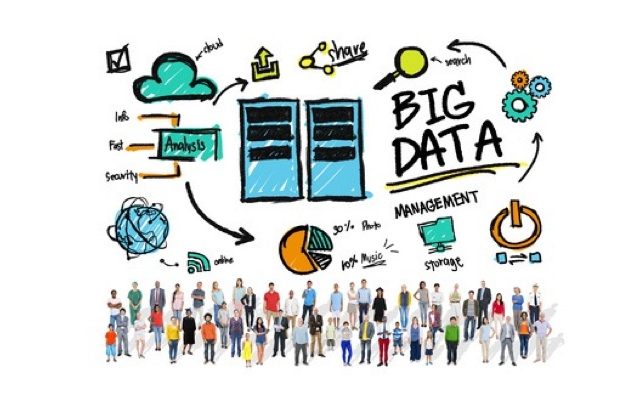For the last few years, the so-called big data has been creating a lot of buzz, so much so that is being seen as the panacea for all the failures of marketing and branding. For all its possibilities, most companies and brand managers are miles away from realising the full potential of big data analytics.
Most marketing managers and executives do not have the right data in India, add to it the poor analysis they do of the data and you get the picture of how marketers are poorly equipped to drive big data analytics. They are struggling to create a unique strategy for customers in all channels in a fluid manner.
People talk of personalised customer experiences and to create it, they need to have good data on customers, their behaviour, channels and so on. Numerous studies have pointed out the number one priority is improving the quality of data.
Tool it right
There is no doubt that big data will be very useful for marketers. However, most companies do not dive deeper into it for various reasons. Most small and medium enterprises (SMEs) still pay lip service to big data analytics.
They mostly analyse to evaluate campaigns, media channels and results but do not spend many resources on predictive analysis before a campaign is even rolled out or to design a campaign based on that.
Today, we have enough tools to analyse digital media and website-related details. Google Analytics, for instance, is a commonly used tool. There are many software solutions too. From webinars, live videos, events to mail campaigns and chats, we can measure the results of everything digital. We can also measure the engagements with our customers online.
As I have written in many previous columns, it is a common practice by leading marketers to analyse the sales cycle from the time a potential customer first interacts with your website or a social media site to the time they purchase your product or service.
Statistical tools allow us to find the right fit of our campaign positioning to that of the desired buyer persona. We can also reach the customer directly with almost precise personalised mailing.
Business intelligence tools can help identify the right buyers constantly and help convert them into business. Big data analysis of this kind helps in driving real-time connect with customers and also in identifying potential new opportunities for increasing results.
Marketers can indeed show better return on marketing investments (ROMI) from improved alignment with sales, better customer experiences in the digital world and real world, and of course a better eco-system.
Making the data work for you
However, most marketers have not gone deeper in this area for various misconceptions on big data.
For instance, many marketers think simply collecting data is all they need to do. Collecting the right data is important but that is only the first step. Working on the data to improve your customer reach and engagement, converting it into leads and making them buy is more critical.
What the analytics should do is assess all other related data together and give you the performance of all media activities. It should also help in studying the behaviour of customers and assist you in making corrections in messaging or offering in real-time.
Many marketers believe that all they need is technology to make big data work for them but human intervention is critical. We all use multiple technologies today for marketing plans but the ability and the skills to use these well is more important.
Your team must have the capability to understand the different outputs of these software tools. The latest updates of the tools should be implemented and coded right with your website for correct measurements, etc. All these are done to ensure the integration of multiple data to get the larger picture.
Multiple types of data help to know which areas you are doing well and which need more attention. Also, ensure that there is a good technology person in the team who can do the analytics and is familiar with the setting up and real-time testing. More than marketing expertise, this resource must have strategic thinking ability, technology knowledge and analytical mindset.
Many marketers also mistakenly think that they need to do analytics only once and use those findings forever. This doesn’t work. We need to have a system for dynamic quality data analysis that captures the real-time changes and improves predictability. The scores change very rapidly and if we don’t capture this, we will be off the mark in planning.
And finally, marketers are wrong in thinking that the more data they analyse, the better the value derived. Isn’t this contradicting big data? Not at all.
Too much data is not useful. More important is the quality. Too many data points will eventually show least connections to reality. For instance, if you get to see that people with names starting with P buy more frequently from your store, but will not provide any predictions to drive sales. The idea is to find the right balance between your business and the data points.
For a company that has several hundreds of leads in the pipeline, about 10-12 data points will work well. However, do a reality check by counter-checking with sales and after-sales people.
By making use of big data analytics properly, marketers can increase customer equity and revenues.
This article has been published from the source link without modifications to the text. Only the headline has been changed.













